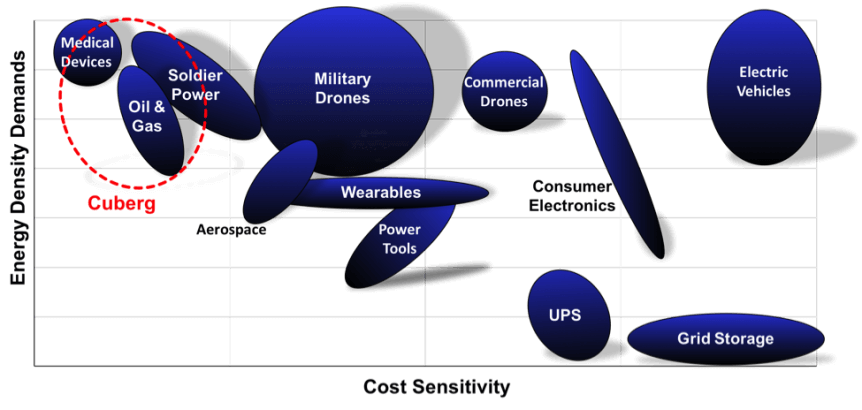A battery with 560 Watt-hours per kilogram, a stable long life, and no fires. What’s not to like? Researchers at Helmholtz Institute Ulm (HIU), founded by the Karlsruhe Institute of Technology (KIT) in cooperation with the University of Ulm, have come up with a dual anion, nickel-rich cathode, lithium-metal battery that, although in early stages of development, may point a way forward. Academic journal Joule reports, “High-energy batteries, in particular lithium batteries, are the key to achieve carbon-neutral mobility…. However, it is foreseen that a fully electrified mobility and transportation can only be achieved by the development of batteries employing lithium metal as the negative electrode (anode) while still granting long-term cycling performance and safety.” Safety may be the deciding factor here, especially in electric aircraft. Coupling the lithium metal anode with a nickel rich cathode seems to pay off for the researchers. Along with the dual anion liquid electrolytes, they’ve managed to keep things stable and performing well. Considering …
Greeting the New Year with Hope
Two Videos to Ponder We’re not there yet, in the land of flying cars and even motorcycles. But we do have some pretty good images of where we are and where we might be headed. CNBC produced some pretty thoughtful and well-researched pieces on a major problem plaguing all of us who live within bumper distance of one another – and some plausible solutions. Both videos touch on urban air mobility. How Much Do Traffic Jams Cost the U. S. Economy? Gridlock, traffic jams and delay – they all frustrate us daily if we live in a big city. They take away from family time, pollute the air, and drive us to distraction. This video ends with an optimistic take on the benefits sky taxis might bring to groundlings everywhere. We could use cleaner skies, more time at home, and more Zen-like minds. You might learn how to handle the challenges of heavy traffic, too. Why Don’t We Have Electric …
Battery Startup Cuberg Receives Funding from Boeing
Cuberg, a battery startup “Founded based on graduate research work in the materials science department at Stanford,” includes individuals who worked with Yi Cui at the school. They promote their safe electrolyte as a key element in their new battery. “Our highly stable proprietary electrolyte enables the use of high-voltage cathodes and lithium metal anodes in a safe and reliable format.” Their video shows the relative safety of that premise. It starts, though, with a quick review of their manufacturing techniques, which are similar to standard methods used in most batteries. The team, headed by Richard Wang, “Entrepreneur and Battery Scientist,” includes co-founder Mauro Pasta, an Associate Professor at Oxford University. His Linked In profile includes this note: “Cuberg is an energy startup company developing a new generation of safer and higher energy batteries based on a high-performance electrolyte technology. When combined with our unique cell design, our batteries deliver not only improved energy but also greatly enhanced shelf life, …



